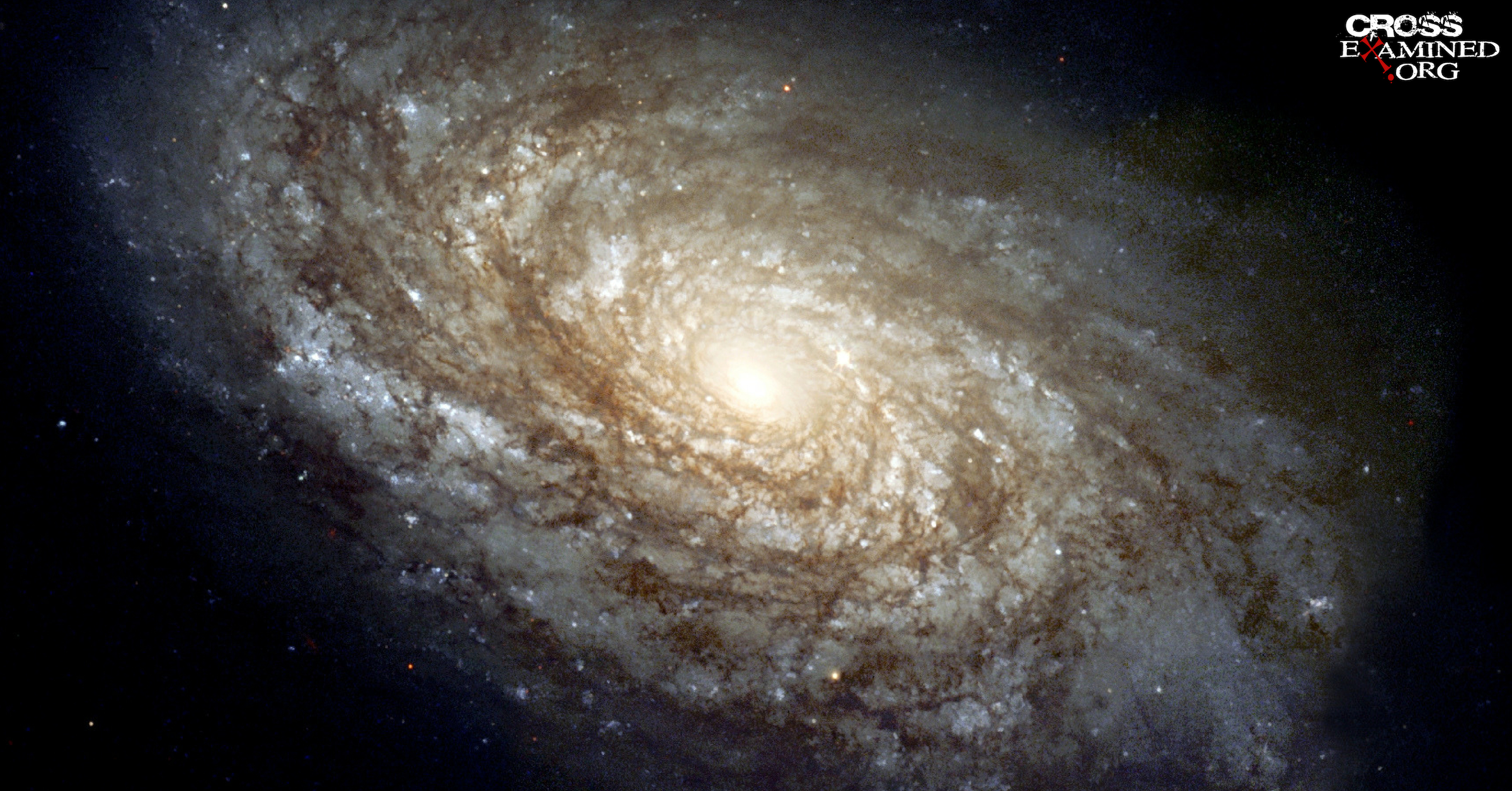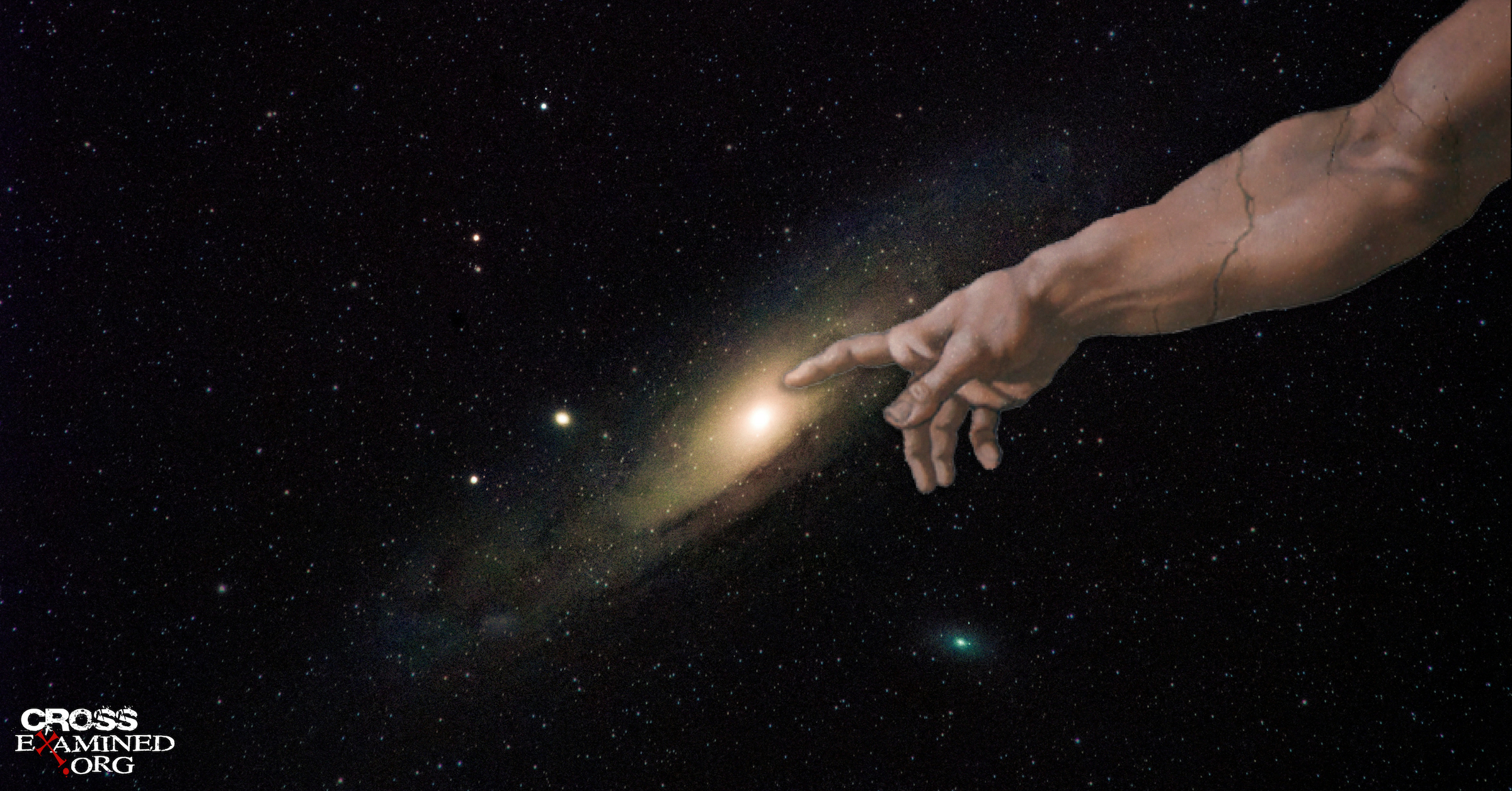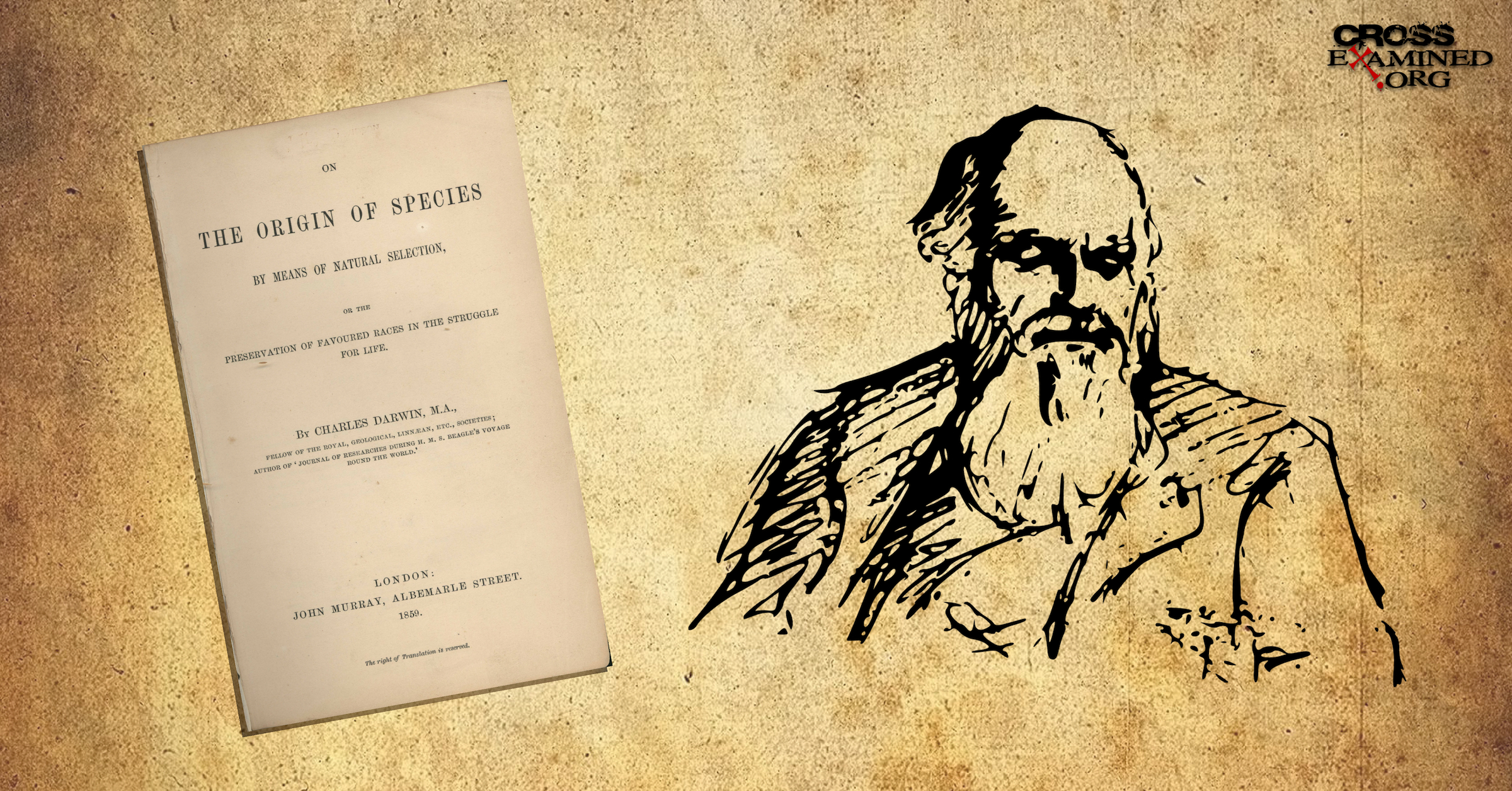The BGV Theorem: An Unexpected Asset for Christian Theism
Turn on the Discovery Channel or the Science Channel, and you may find interesting theories pertaining to how the universe came to be. Some propose that an eternal multiverse gave rise to our modern universe. Others will hold that eternal wiggling dimensions or planes collide to form universes. In 2003, three theoretical physicists discovered a theorem that dispelled the idea of an infinite regress of physical past eternal universes—infinite regress describes an eternal chain of events from the past. Arvind Borde, Alan Guth, and Alexander Vilenkin developed the theorem based on the well-established fact that anything traveling on a geodesic (shortest point between two points on a curvature) through space-time becomes what is known as redshifted (when light or electromagnetic radiation from an object is increased in wavelength, shifting to the red end of the spectrum, or moving away from the observer).[1] The physicists argue,
“Our argument shows that null and timelike geodesics are, in general, past-incomplete in inflationary models, whether or not energy conditions hold, provided only that the averaged expansion condition > 0 holds along these past-directed geodesics. This is a stronger conclusion than the one arrived at in previous work in that we have shown under reasonable assumptions that almost all causal geodesics, when extended to the past of an arbitrary point, reach the boundary of the inflating region of spacetime in a finite proper time (finite affine length, in the null case).”[2]
While the language is quite technical, the theorem provides three unintentional helps for the Christian theist.
- The BGV Theorem pinpoints the need for the beginning of our physical universe. First, the theorem agrees that our universe had a beginning. Ideas of an eternal, self-existing universe is growing quickly out of favor in the scientific community at least at this stage. Our universe, the laws of physics found in our universe, and time itself had a beginning at what scientists call the
- The BGV Theorem pinpoints the need for a beginning of all physical universe. The BGV theorem is especially helpful in noting that not only does our universe require a beginning point, but all physical universes require a singularity. Any physical universe including the theoretical multiverse must have an initial starting point. Thus, while it could be that a multiverse exists, a multiverse does not get around the need for a starting point which leads to the third point that needs to be considered.
- The BGV Theorem assists cosmological argumentation for God’s existence. The BGV theorem does not prove God’s existence. But, it does indicate the necessity for something beyond the scope of the physical world to account for the existence of any physical thing. Experimental particle physicist Michael Strauss argued,
“As an experimental physicist, I tend to draw conclusions based on what is known observationally and experimentally rather than on conjecture or speculation. So what are the facts about the origin of our universe? The equations of general relativity suggest that the universe had an actual beginning of space, time, matter, and energy and the BGV theorem along with the expansion of the universe would require that this universe had an actual beginning of the expansion. Other ideas about the origin of the universe like those proposed by Lawrence Krauss or Sean Carroll do not have real scientific evidence to back them up. They are conjecture.”[3]
Oddly, while Christian theists are accused of holding no evidence for their beliefs, Strauss seems to indicate that the exact opposite holds true. Cosmological arguments like the Kalam are strengthened by the BGV theorem. With the BGV theorem and other mounting evidence supporting the claim, one holds good reasons for believing in a transcendent God who brought forth everything that exists into existence.
Notes
[1] Bruce L. Gordon and William A. Dembski, The Nature of Nature: Examining the Role of Naturalism in Science (Intercollegiate Studies Institute 2011), pg. 498.
[2] A. Borde, A. Guth, and A. Vilenkin, Inflationary space-times are not past-complete, PhysicsReview 90 151301 (2003): 3.
[3] Michael Strauss, “The Significance of the BGV Theorem,” MichaelGStrauss.com (January 28, 2017) http://www.michaelgstrauss.com/2017/01/the-significance-of-bgv-theorem.html, retrieved October 15, 2018.
Brian G. Chilton is the founder of BellatorChristi.com and is the host of The Bellator Christi Podcast. He received his Master of Divinity in Theology from Liberty University (with high distinction); his Bachelor of Science in Religious Studies and Philosophy from Gardner-Webb University (with honors); and received certification in Christian Apologetics from Biola University. Brian is currently enrolled in the Ph.D. program in Theology and Apologetics at Liberty University and is a member of the Evangelical Theological Society. Brian has been in the ministry for over 15 years and serves as the Senior Pastor of Westfield Baptist Church in northwestern North Carolina.
Original Blog Source: http://bit.ly/2AOqMVM












Leave a Reply
Want to join the discussion?Feel free to contribute!